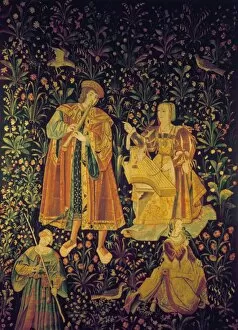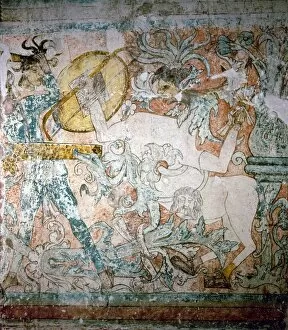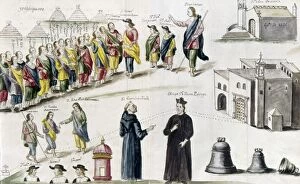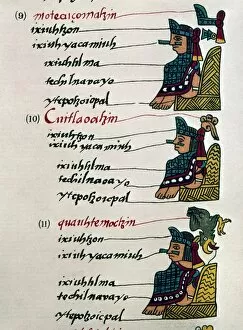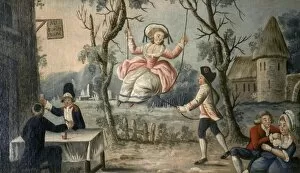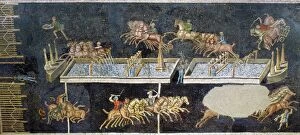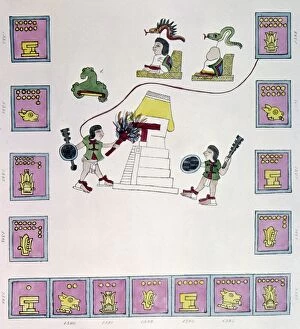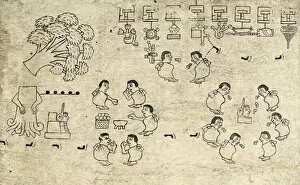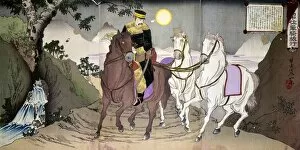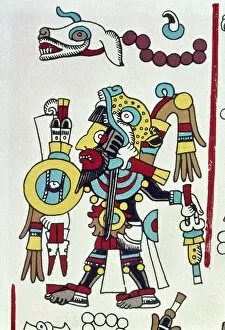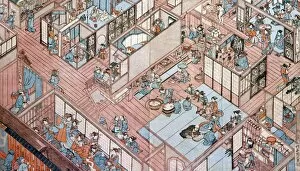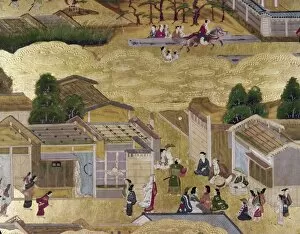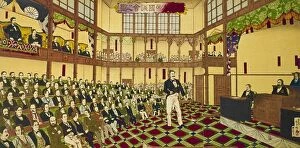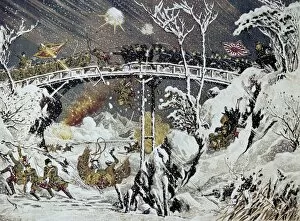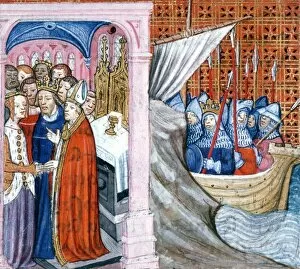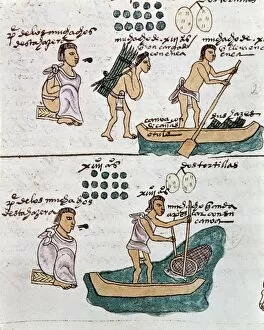Bradley Smith Collection (#8)
Bradley Smith: A Journey Through Time and Space In the vast realm of history and art, Bradley Smith emerges as a captivating figure, seamlessly connecting diverse worlds
For sale as Licensed Images
Choose your image, Select your licence and Download the media
Bradley Smith: A Journey Through Time and Space In the vast realm of history and art, Bradley Smith emerges as a captivating figure, seamlessly connecting diverse worlds. Like an allegorical painting on Wall Street, he embodies both the bullish determination and bearish wisdom required to navigate the ever-changing market. Just like women in Japan gazing at stars in awe, Bradley's vision transcends boundaries. His mind is open to new possibilities, drawing inspiration from Ota Chou's colorful drawings of astronomy. He understands that true success lies not only in observing but also in interpreting the celestial patterns of life. Much like Miguel Hidalgo's call to revolt during Mexico's 1810 Revolution, Bradley possesses an unwavering spirit that fuels his pursuit for change. Just as Juan O Gorman depicted this historic moment on a mural with intricate detail, Bradley leaves no stone unturned when it comes to making a difference. But there is more to him than just revolutionary fervor. Like Francisco Goya's Witches Sabbath painting, he embraces the mysterious and unconventional aspects of life. With every stroke of his brush or pen, he conjures up visions that challenge norms and ignite imagination. Yet amidst all these grand narratives lies a humble side to Bradley – one reminiscent of two women working diligently in a Mexican kitchen painted by an unknown artist from long ago. He values hard work and recognizes that even seemingly small tasks contribute significantly to shaping our world. Like the brave women ordnance workers portrayed in American World War II recruitment posters, Bradley carries forward their legacy by championing equality and empowering others around him. The girl he left behind may still be behind him physically but her spirit drives him forward towards creating a better future for all. With each illustration crafted by Arthur Rackham or Edmond Dulac depicting fantastical worlds or dreams brought into reality through Queen Marie of Romania's words; they mirror how Bradley brings ideas alive through his own creative endeavors. His artistry knows no bounds, transcending time and space.



